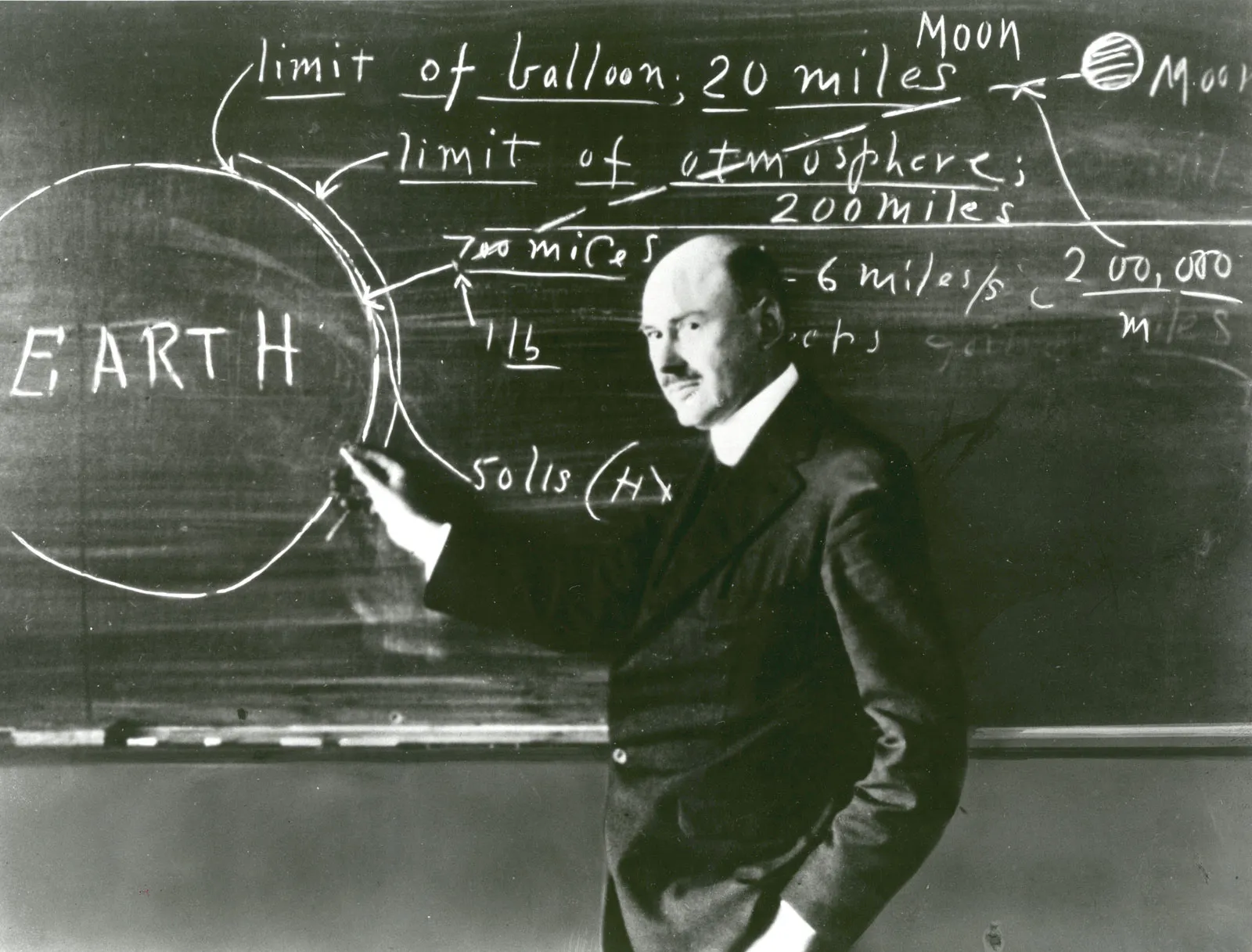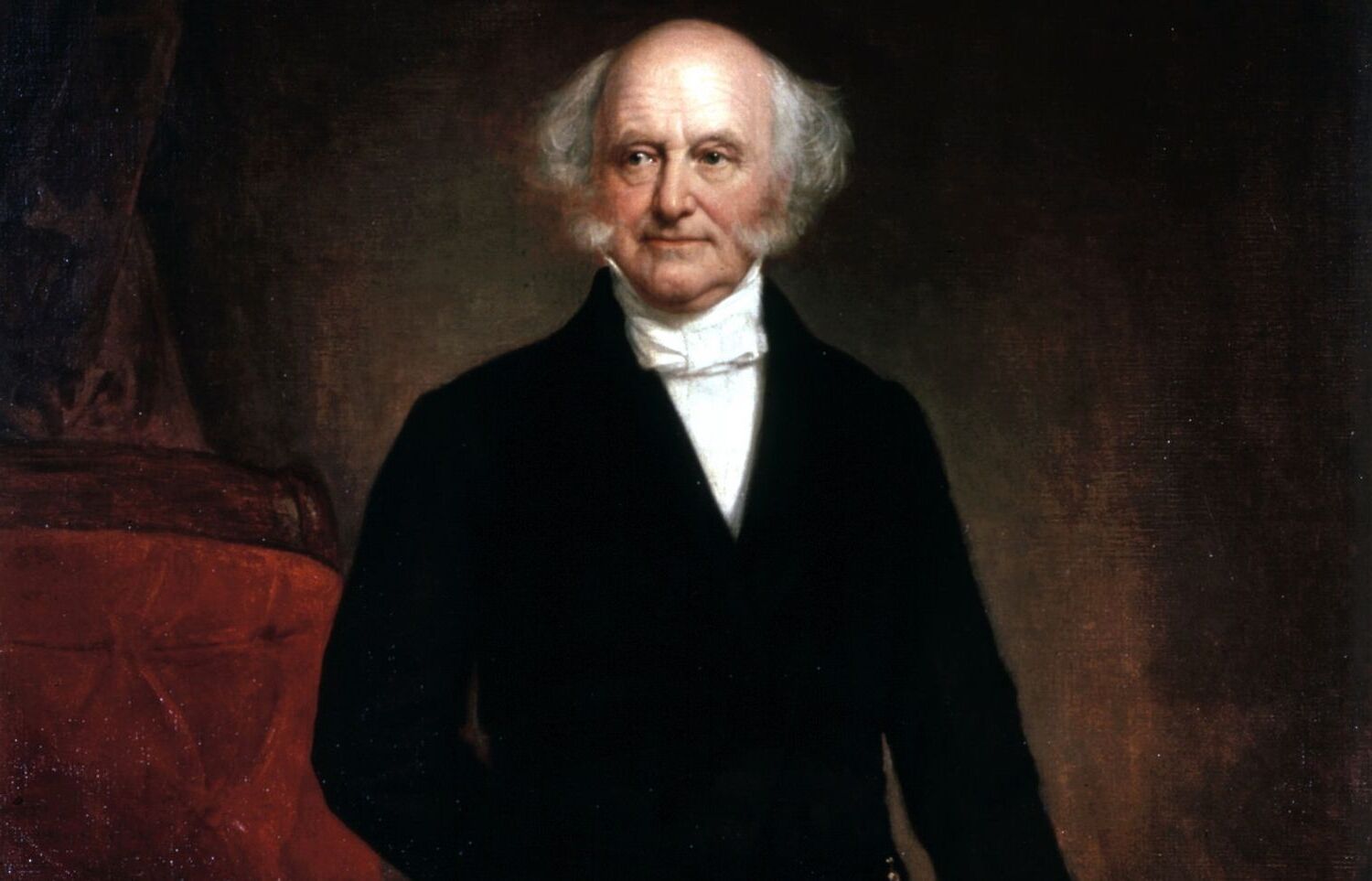
Robert H. Goddard is a name that may not be widely known, but his contributions to science and technology are nothing short of extraordinary. Often referred to as the father of modern rocketry, Goddard played a pivotal role in the development of space exploration and laid the foundation for future scientists and engineers.
In this article, we delve into the lesser-known aspects of Goddard’s life and work, uncovering 18 surprising facts that highlight his brilliance, determination, and innovation. From his early experiments with rockets to his groundbreaking inventions and patents, prepare to be captivated by the fascinating journey of this visionary pioneer.
Key Takeaways:
- Robert H. Goddard, the “Father of Modern Rocketry,” was inspired by science fiction, earned advanced degrees, and patented the first liquid-fueled rocket, shaping the future of space exploration.
- Goddard’s visionary predictions, innovative designs, and determination laid the foundation for moon landings, expanded our understanding of the cosmos, and influenced satellite communication, leaving an indelible mark on the world.
Early Influence of Science Fiction
Robert H. Goddard, often hailed as the “Father of Modern Rocketry,” developed a fascination with space exploration at a young age. His interest was sparked by reading science fiction novels like Jules Verne’s “From the Earth to the Moon” and H.G. Wells’ “War of the Worlds.” These imaginative stories ignited Goddard’s passion for rockets and propelled him on a path that would revolutionize the field of space exploration.
An Educated Mind
Goddard was not only a brilliant scientist but also a highly educated individual. He earned his Bachelor of Science degree from Worcester Polytechnic Institute and went on to pursue a Ph.D. in physics from Clark University. His academic background provided him with a thorough understanding of the scientific principles behind rocket propulsion, which he would later apply to his groundbreaking experiments.
The Patented Rocket
In 1914, Goddard secured his first patent for a solid-fuel rocket design. This marked a significant milestone in the history of rocketry, as it showcased his innovative ideas and laid the groundwork for future advancements in the field. Goddard’s patent described the concept of using a combustion chamber and nozzle to generate thrust, principles that are still fundamental to rocket technology today.
First Liquid-fueled Rocket
Goddard’s most notable achievement was the development of the world’s first liquid-fueled rocket. On March 16, 1926, he successfully launched a rocket propelled by liquid oxygen and gasoline. This groundbreaking achievement validated the viability of liquid-fueled propulsion systems and paved the way for the future of space exploration.
Visionary Predictions
Goddard’s visionary mindset extended beyond his scientific experiments. In a document titled “A Method of Reaching Extreme Altitudes,” published in 1919, he accurately predicted many advancements in space exploration that would come to fruition decades later. His predictions included the use of rocket propulsion to reach the moon, the reliance on multi-stage rockets, and even the possibility of humans exploring other celestial bodies.
The Rocket Innovator
Goddard’s innovative spirit led him to develop numerous advancements in rocket design. He introduced concepts such as the gimbal-mounted engine, the use of gyroscopic guidance systems, and the idea of using a second rocket stage to achieve higher altitudes. These innovations formed the basis of modern rocket technology and greatly influenced subsequent developments in the field.
Determined Persistence
Throughout his career, Goddard faced criticism and skepticism from some of his peers. However, he remained steadfast in his pursuit of advancing rocketry and space exploration. Despite setbacks and occasional failures, Goddard’s determination ultimately paid off, as his contributions laid the groundwork for future scientific breakthroughs in aerospace technology.
NASA’s Acknowledgment
Goddard’s immense contributions to the field of rocketry did not go unnoticed. In 1959, almost two decades after his passing, the National Aeronautics and Space Administration (NASA) established the Goddard Space Flight Center in Greenbelt, Maryland, in his honor. This center continues to be a hub of scientific research and technological innovation for space exploration.
Experimental Rocket Launches
During his career, Goddard conducted numerous experimental rocket launches to test and refine his designs. His launches ranged from small-scale tests conducted in his backyard in Auburn, Massachusetts, to more substantial experiments carried out in New Mexico. These trials allowed him to gather valuable data and improve the efficiency and performance of his rockets.
Legacy in Moon Landings
Goddard’s contributions to rocketry played a crucial role in the historic Apollo moon landings. His work provided the foundation for the development of the Saturn V rocket, the powerful vehicle that carried astronauts to the moon in The successful moon landings marked a significant milestone in human achievement and would not have been possible without Goddard’s pioneering efforts.
Exploration of Outer Space
Goddard’s groundbreaking work expanded humanity’s understanding of the cosmos and paved the way for the exploration of outer space. The principles he established formed the basis for the development of spacecraft capable of venturing beyond Earth’s atmosphere, allowing scientists to study and explore distant celestial bodies like planets, moons, and even deep space.
Military Utilization of Rockets
Goddard’s advancements in rocket technology had significant military implications. During World War II, both the United States and Germany utilized rockets developed based on his principles. The V-2 rocket, in particular, was a devastating weapon used by the Germans during the war. Goddard’s work inadvertently contributed to the development of powerful military armaments.
Theoretical Understanding
Goddard not only focused on practical experimentation but also delved into the theoretical aspects of rocket science. His research and writings on topics such as aerodynamics, combustion, and propellant dynamics contributed to the overall understanding of rocket technology and influenced generations of scientists and engineers in the field.
Dedication to Safety
Goddard recognized the potential dangers associated with rocket experiments and prioritized safety measures in his research. He meticulously designed and implemented safety features to ensure the well-being of both himself and his team during rocket launches. His commitment to safety laid the foundation for the establishment of strict safety protocols that are still followed in the field of space exploration today.
Honorary Degrees and Awards
In recognition of his groundbreaking work in rocketry, Goddard received numerous honorary degrees and prestigious awards during his career. These accolades include the Medal for Merit, the Daniel Guggenheim Medal, and the Elliott Cresson Medal, among others. His contributions to science and technology continue to be honored and celebrated to this day.
Pioneer of Satellite Communication
Goddard’s visionary thinking extended to satellite communication as well. In a paper published in 1945, he proposed the idea of using artificial satellites in geostationary orbit to facilitate global communications. His concept laid the foundation for the development of modern satellite communication systems, which are now integral to global telecommunications.
Patent Controversy
Despite his numerous achievements, Goddard faced challenges, including a patent dispute regarding his rocket technology. In 1928, the U.S. Patent Office controversially granted a patent for a rocket design to a group led by German engineer Hermann Oberth. Although Goddard’s contributions were acknowledged, this incident highlighted the complexities and legal challenges associated with patenting innovative technologies.
Inspiration for Future Generations
Goddard’s legacy continues to inspire aspiring scientists, engineers, and space enthusiasts around the world. His innovative spirit, determination, and visionary thinking serve as a reminder of the limitless possibilities that can be achieved through perseverance and passion. The impact of his work on space exploration and rocketry will forever be etched in the annals of scientific history.
Conclusion
In conclusion, Robert H. Goddard was a remarkable individual whose contributions to the field of aerospace engineering continue to shape our world today. From his groundbreaking work on rocket propulsion to his innovative ideas on space exploration, Goddard’s legacy is nothing short of extraordinary. Through perseverance and determination, he overcame numerous challenges and setbacks to pave the way for future generations of scientists and engineers.Goddard’s commitment to pushing the boundaries of human knowledge and his unwavering belief in the potential of space travel have left an indelible mark on history. His pioneering rocket experiments laid the foundation for the development of space exploration technologies, ultimately culminating in mankind’s first steps on the moon.Today, we owe a debt of gratitude to Robert H. Goddard for his visionary thinking and groundbreaking achievements. His relentless pursuit of scientific discovery serves as an inspiration for aspiring scientists and engineers around the world. As we continue to explore the vast expanse of space, we must never forget the contributions of this remarkable pioneer.
FAQs
Q: What were some of Robert H. Goddard’s major contributions to aerospace engineering?
A: Robert H. Goddard is known for his pioneering work in rocket propulsion. He developed and patented the first successful liquid-fueled rocket, ushering in a new era of space exploration.
Q: What challenges did Robert H. Goddard face during his career?
A: Goddard faced numerous challenges and skepticism from the scientific community during his career. Many doubted the feasibility of his ideas and dismissed his work as mere science fiction.
Q: Was Robert H. Goddard recognized for his contributions during his lifetime?
A: Although his work was initially met with skepticism, Goddard’s contributions were eventually recognized, and he received numerous awards and honors, including the Franklin Institute’s Elliott Cresson Medal and the Daniel Guggenheim Medal.
Q: How did Robert H. Goddard’s work impact space exploration?
A: Goddard’s research laid the foundation for the development of modern rocket technology. His ideas and innovations were instrumental in enabling space exploration and paved the way for future missions, including the moon landing.
Q: What is Robert H. Goddard’s lasting legacy?
A: Robert H. Goddard’s lasting legacy is his pioneering vision and contributions to the field of aerospace engineering. His relentless pursuit of scientific discovery and belief in the potential of space travel continue to inspire and impact future generations.
Goddard's groundbreaking work in rocketry and space exploration continues to inspire scientists, engineers, and curious minds alike. Delving deeper into the fascinating world of physics reveals countless intriguing facts that shed light on the fundamental principles governing our universe. For those captivated by the wonders of flight and space travel, exploring aerospace engineering fun facts offers a thrilling journey through the marvels of human ingenuity. And if you're in search of more remarkable tales of innovation, discovering the incredible achievements of inventors like Dean Kamen will leave you in awe of the boundless potential of the human mind.
Was this page helpful?
Our commitment to delivering trustworthy and engaging content is at the heart of what we do. Each fact on our site is contributed by real users like you, bringing a wealth of diverse insights and information. To ensure the highest standards of accuracy and reliability, our dedicated editors meticulously review each submission. This process guarantees that the facts we share are not only fascinating but also credible. Trust in our commitment to quality and authenticity as you explore and learn with us.


